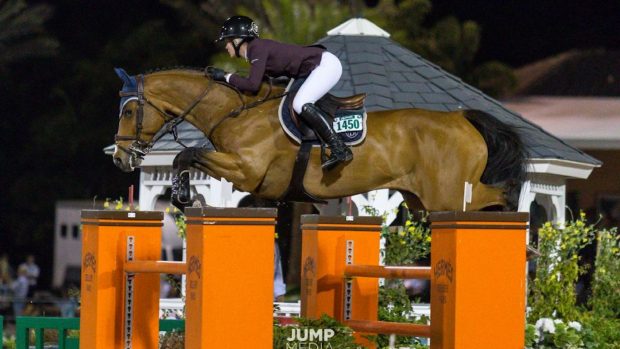Although she remained in a coma, American dressage Olympian Courtney King-Dye began breathing without the help of a ventilator nine days after she fractured her skull in a fall from a horse show was schooling.
Yesterday (Sunday 14 March) Jason Dye reported on Courtney’s website: “She has made more progress with her breathing and has been off the ventilator and breathing on her own for over 36 hours. Unfortunately there is not a lot more to report from a medical standpoint, but I can tell you that I get a deep sense when I am with her that she is fighting to come back.”
Courtney’s accident happened on Wednesday 3 March, the day before the Palm Beach Dressage Derby in Loxahatchee, Florida, when she was riding without a helmet at a farm near the showgrounds.
She had asked the horse to move sideways when he tipped over and her head hit the ground, rendering her unconscious. She was air-lifted to hospital, where she has been on the receiving end of hundreds of cards and e-mails, as well as prayers — including a service at the show — wishing for her recovery.
Meanwhile, her situation has brought a recognition about protective headgear to the fore. Her 2000 Olympic teammate, Steffen Peters, began wearing a helmet while schooling, and many other riders have followed suit, with some also wearing helmets while showing at the upper levels.
U.S. Dressage Federation president George Williams, a Grand Prix rider himself, hopes there is a long-term trend in the current recognition of the need for safety.
“Certainly when someone so high profile and well-loved as Courtney has such a terrible accident, it brings a tremendous awareness to the potential dangers of riding,” he said.
“There already has been a lot of discussion about requiring helmets and I suspect there will be a lot more both within the USEF (U.S. Equestrian Federation) and USDF. Whether or not it will lead to rules requiring their use is hard to say. At this point, it’s too early to predict if helmets will become the norm in competition, especially when tail coats are worn.”




